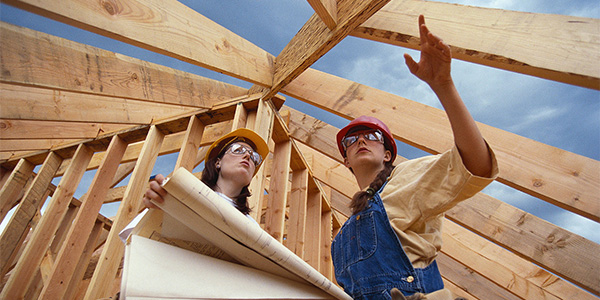Innovations in Manufacturing as a Solution to the Housing Supply Gap

By Pete Carroll, CoreLogic.
Pete Carroll looks at how innovations are helping ease the housing supply gap crisis in the U.S.
Editor’s note: Pete Carroll is the executive of public policy at CoreLogic and hosts a three-part video series that focuses on solutions to the housing supply gap crisis in the U.S. Each video addresses one of the three major ways the undersupply of housing can be combatted. Part 2 encompasses the ways that innovation is helping to solve the supply gap crisis. What follows is Pete Carroll’s discussion on this topic.
In Part 1 of this series, we focused on what subsidies are needed to help solve the Housing Supply Gap Crisis in the U.S. Now, in Part 2, this conversation about solutions to the undersupply of housing will be addressed through the topic of innovation. Throughout history, the pathway to a better life has been through innovations, making things cheaper, easier and faster. So why should housing be any different?
There’s a lot of innovation occurring in the way we manufacture homes. Manufactured or modular housing is not a new concept, but it’s a great alternative and we’re now proving that it can be done at scale. This more factory-centric model can serve to drive down costs, and that makes it a lot more affordable for builders to consider creating more attainable and accessible housing.
In addition to using what we already know, there’s much to be done in the way to fundamentally rethink manufacturing — and the technology do this is here today.
Drones and Building Information Management models can render housing designs virtually in 3-D. Zoning data, contributed by cities and counties, can help optimize what type of housing can be built and where it can be built. And even technologies like robotics and 3-D printing can work to automate construction!
This kind of construction can be energy efficient, durable, and according to the McKinsey Global Institute, can drive down construction costs by as much as 30%.
By capitalizing on the tools and technologies we have today, while also taking advantage of new ones, we can make the housing manufacturing process cheaper, faster and even better.
In Part 3 of this trilogy, we’ll cover techniques for creating efficiencies in the development of traditional, so-called “stick-built” homes that are manufactured on-site — and how that can also help to solve the Housing Supply Gap Crisis in the U.S.
Thanks for tuning into this episode of “The U.S. Housing Supply Crisis and Economic Mobility.” For more information about the property ecosystem, visit corelogic.com/insights. Otherwise, make sure to like, leave a comment and subscribe, and we’ll see you in the next episode.
Learn more about CoreLogic in their RoofersCoffeeShop® Directory or visit www.corelogic.com.
Original article source: CoreLogic























Comments
Leave a Reply
Have an account? Login to leave a comment!
Sign In